- Call us: 01444 237070
- Contact Us
- Stores
- Sign In / Register
-
- Back
- Used Cameras
- Used Accessories
- Used Lenses
- Used Video
- Used Film Equipment
- Used Stock Alert
- Used Blank Test
- Sell or Part Exchange
- Used Clearance
- Recently Added Used Equipment
- Park Picks
- All Used Black Friday Deals
- Faulty
- Trade-In
- Blog
- New in
- Call us
- Contact us
- Stores
- Sign in
- Categories
- Tips & Inspiration
- Reviews
- News
- Events
- Features
- Buying Guides
- Competitions
Sigma 24mm f/1.4 DG DN Art Lens Review
This Sigma 24mm f/1.4 DG DN Art lens review should begin with a disclaimer, as I’ve been a big fan of Sigma lenses since purchasing my first in 1997 while traveling around Nepal. Today, Sigma is busy redesigning their line-up for mirrorless cameras, in order to meet the growing number of Sony E mount and L mount creators. This involves reducing the size and weight, as well as updating optics and controls, which has lead to a host of accomplished and affordable lenses, including the 24-70mm F/2.8 DG DN Art lens, which I purchased as soon as I was able.
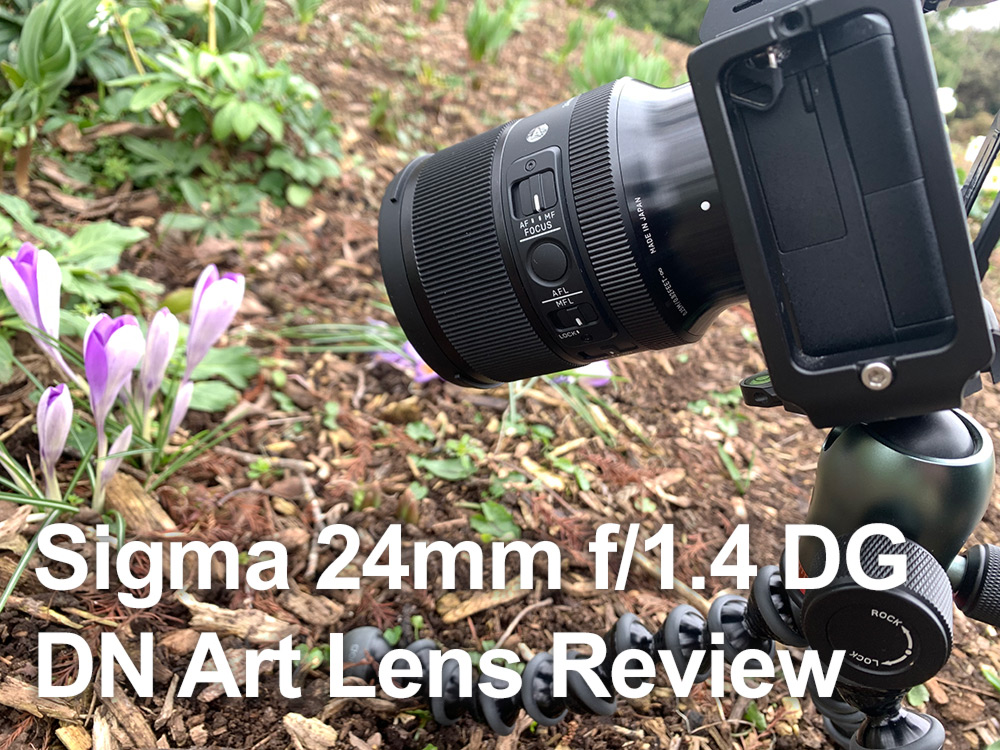
The Sigma 24mm f/1.4 DG DN Art lens for Sony is a recently updated Sigma Art lens, which adds a fast aperture, full-frame wide angle prime to the professional Art Series line-up. All sample images are shot with the Sony a7r III, which was used to explore key features, specs and ergonomics, in order for you to decide if this wide angle lens is perfect for your needs.
Key Sigma 24mm Art lens features
This lens has been completely redesigned from the ground up for mirrorless cameras, not only shaving weight off the original award-winning 2015 version, but improving on image quality, focus speed and useability through additional controls. The most notable features of the new generation include:
- De-clickable aperture ring for silent aperture changes, which is especially useful for video
- Programmable AFL button to customise settings
- A new focus lock switch, which is ideal for subjects such as timelapse, long exposure photography and astro photography where focus should remain unchanged, even if the ring is moved accidentally
- Compact 72mm front thread, plus a rear gel filter holder
- Dust and splash resistant design for outdoor photographers
- Super Multi-Layer Coating and a Nano Porous Coating which minimise flare and ghosting
- 11-blade rounded diaphragm
- 25cm minimum focus distance
- 510g weight (Sony version)

In this sample image the lens worked with Sony Eye AF and kept up very well on the whole, despite my fast moving kids. Camera settings: 1/640 sec. f/1.4. ISO 320
What makes a Sigma lens and Art lens?
Sigma has three lens ranges, which are Sports for telephoto subjects, Contemporary for all-round competence and prestigious Art series lenses. An Art lens is designed to deliver the best possible image quality, corner to corner sharpness and high resolution, keeping up with the latest sensor demands.
In the case of the 24mm F1.4 DG DN, Sigma has added a high-speed Stepping motor, which is compatible with AF Assist (Sony only) and performs well in conjunction with subject detection AF. The wide maximum aperture with an 11-bladed design is able to render pleasing bokeh, which is quite surprising on such a wide angle lens. Sigma’s proprietary optical coatings are also used to maintain contrast, while reducing flare and ghosting when shooting backlit subjects. I did not get the opportunity to test backlight much, aside from the very first morning due to cloudy weather.
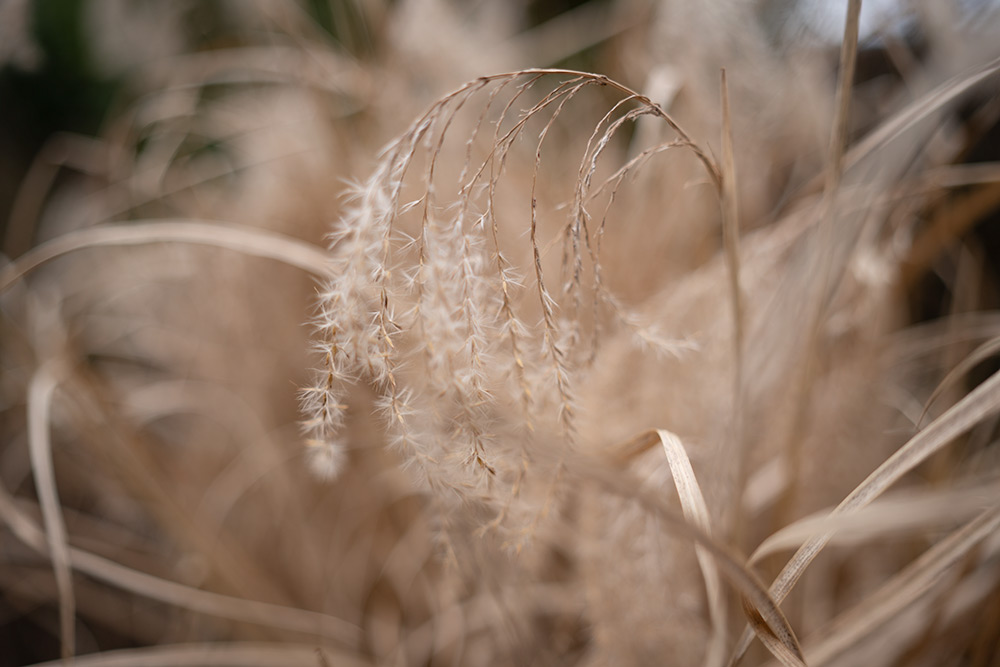
Camera settings: 1/1250 sec. f/1.4. ISO 100
What do all the letters mean in the Sigma lens name?
Sigma naming conventions can seem confusing initially, but are easy once you know that DG denotes a lens designed for a full-frame camera (DC is for crop sensor cameras), while DN denotes a mirrorless camera format. This means the 24mm F1.4 DG DN | A is a full-frame mirrorless Art series lens.
It’s worth noting that not all Sigma Art lenses are full-frame, with a selection of crop sensor Art options available for APS-C camera users.
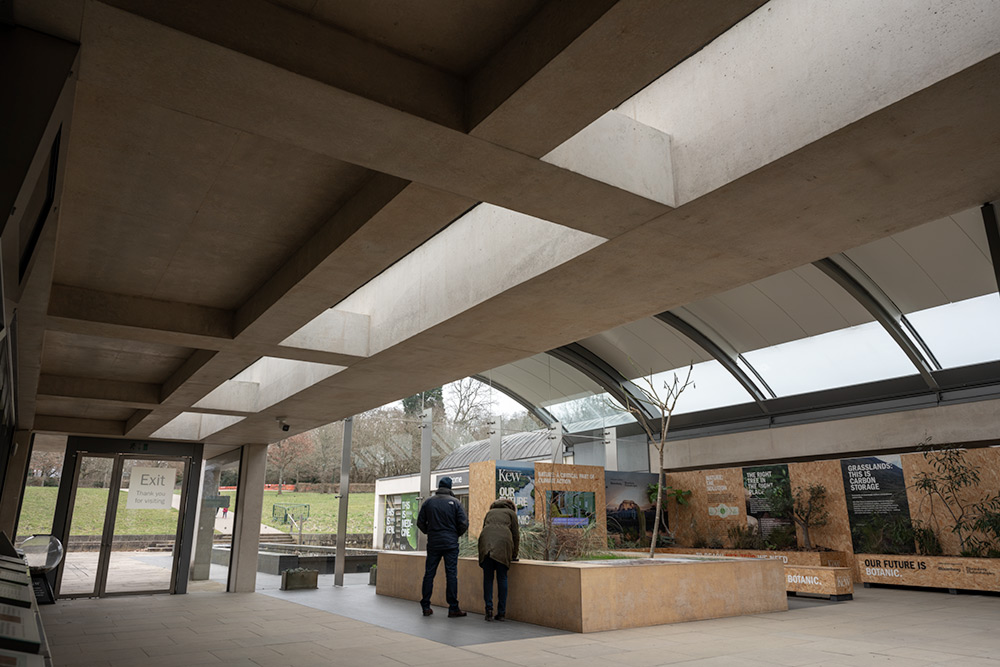
Wide angle interior shot from a mini tripod to achieve f/8. Camera settings: 1/25 sec. f/8. ISO 800
Advantages of a fast wide angle prime lens
There are several distinguishing features, which set a prime vs zoom lens apart, including most notably having a fixed focal length, a faster aperture, lower weight and often better results. The f/1.4 aperture on this Sigma really does gather more light, allowing you to handhold at lower ISO values for cleaner results.
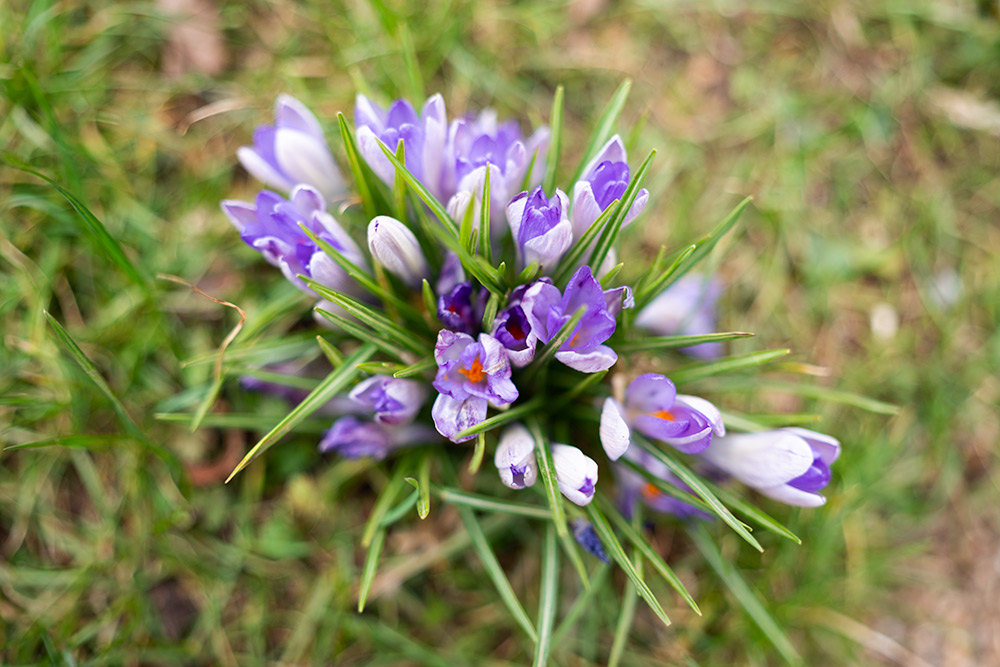
Camera settings: 1/400 sec. f/1.4. ISO 100
Benefits of a fast wide angle prime vs zoom lens include:
- Sharp results even when shooting wide open
- Bright aperture for better low light performance and subject separation
- Relatively compact and lightweight design
- Lower price than an equivalent zoom
You do have to ‘zoom with your feet’ when using a prime lens and with 24mm you’ll need to get close to your subject if you want to fill the frame. That means moving around a lot to find compositions, where even the smallest shift can make a big difference to the final image.
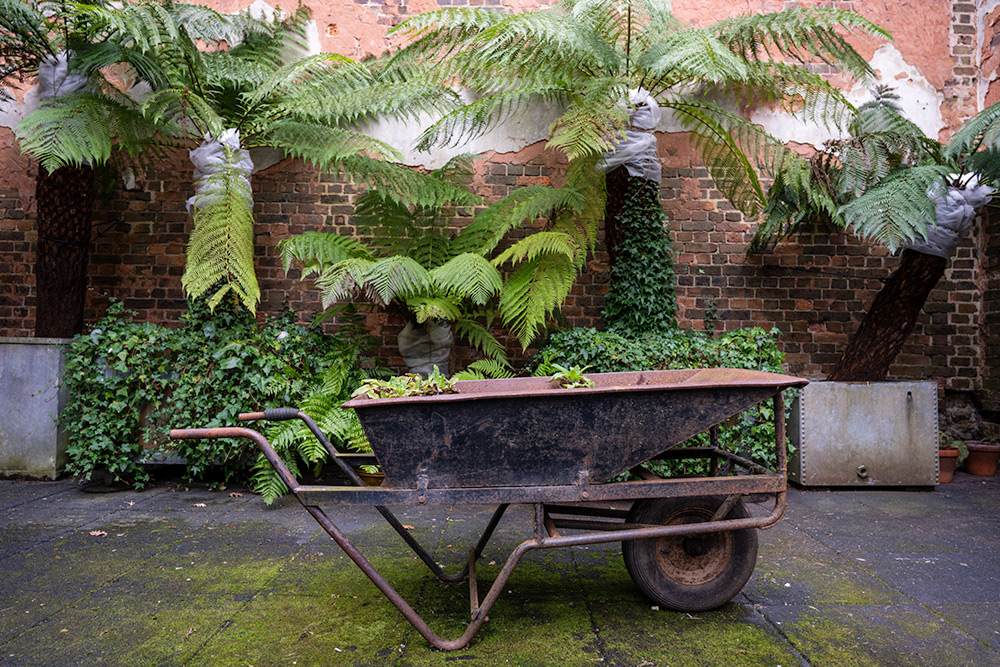
The resolving power of Sigma Art lens is exceptional. Camera settings: 1/8 sec. f/5.6. ISO 100
What is 24mm lens best for?
Typically a 24mm lens is associated with landscape, astro and interiors, however it is actually one of the most versatile focal widths, which is wide enough to capture an entire scene, without being prone to the distortion of a wider lens. Add a bright aperture, fast autofocus and well controlled results and you have an incredibly useful lens.
There are alternative lenses for many of the subjects listed below, however a 24mm focal width can be used to capture:
- Landscapes
- Astro
- Street photography
- Cityscapes
- Architectural and real estate
- Interiors
- Documentary / reportage
- Environmental portraits
- Pet photography
- Concerts
- Weddings
- Travel
- Flowers and other close-ups
- Vlogging and videography
- General purpose walk around lens
Because of this versatility I was really excited when the opportunity arose to spend a few days shooting with this Sigma e mount lens. Typically I photograph landscapes, however I tried to push myself and use this fast 24mm prime as a walk around lens for all day shooting, in order to explore it’s potential as a general purpose option. It did not disappoint and proved to be light, fast and adept for a wide variety of situations, even managing to capture some wildlife, which I stumbled across!
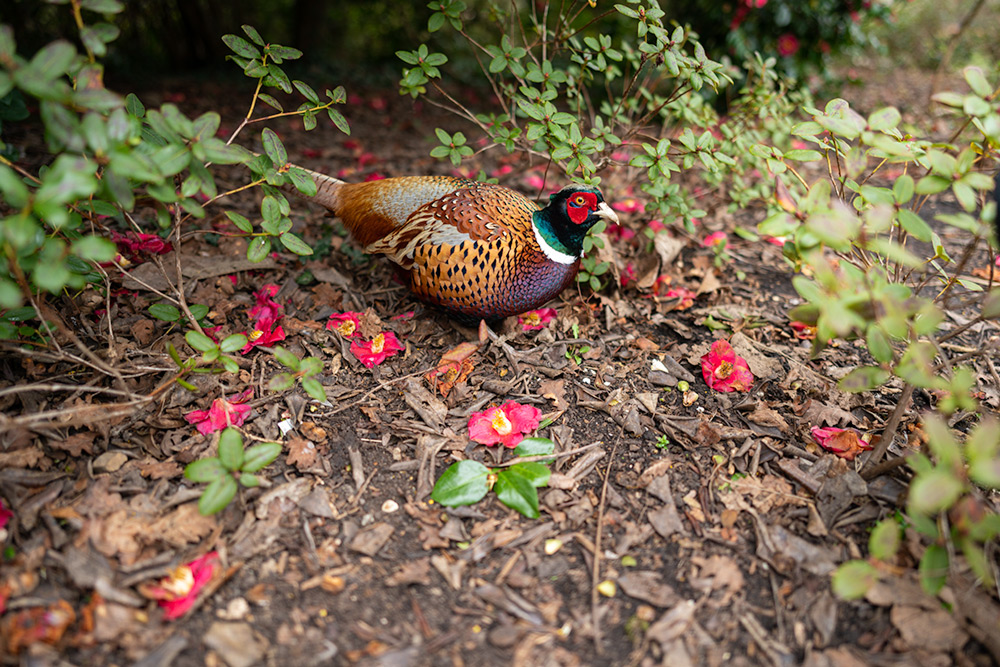
Never miss an opportunity to photograph wide angle wildlife! Camera settings: 1/250 sec. f/1.4. ISO 100
How do you shoot wide angle?
It’s a good idea to get close to your subject for shooting wide angle subjects, particularly when capturing people, interiors, city shots or landscapes. Shooting wide angle also provides the opportunity to experiment with completely different styles, exaggerating perspectives and filling the frame when shooting extremely close to your subject.
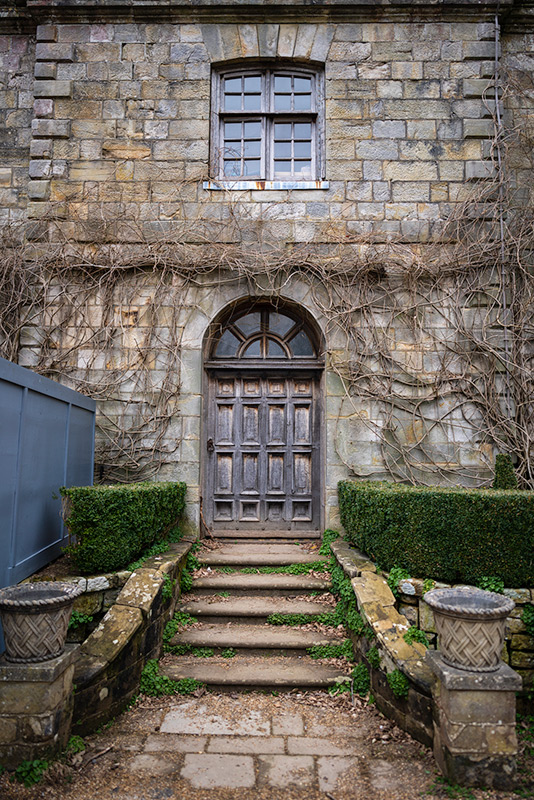
Camera settings: 1/800 sec. f/1.4. ISO 200
Playing with foreground perspective can help to draw the viewer into a scene and you can use wide angle optical distortion to your advantage, by exaggerating foreground elements. The combination of bright aperture and close minimum focus ensures this Sigma wide angle lens can easily be used for human and animal subjects, especially if you’re happy to get close. Initially it can be a little disconcerting when shooting so near to a living subject, but it’s worth persevering in order to get unique and interesting compositions.
Naturally not every wide angle situation requires getting close and you will often stay further back when capturing a wedding group, interiors, astro or similar subjects. If possible it’s beneficial to move around and find the best composition, in order to explore your options.

Shooting the lens wide open during a rare moment of frosty light. Camera settings: 1/1250 sec. f/1.4. ISO 100
Shooting at f/1.4
F/1.4 gathers lots of light and allows you to play with depth of field and shoot handheld in situations which would be tricky with a slower lens. As a landscape photographer it was a joy shooting wide open, which is the polar opposite of working from a sturdy tripod at narrow apertures in order to get the whole scene in focus.
The portable Joby GorillaPod 3K Mini-Tripod with Ball Head Kit did come in handy when I wanted more of the scene to be sharp from front to back using f/8. I switched the kit head for 3 Legged Thing’s amazing AirHed Pro Grey, which is compact enough to fit onto any mini tripod. The ability to use a mini tripod is possible due to the lightweight nature of this prime lens, which is significantly smaller and lighter than most full-frame wide angle zooms, including Sigma’s 24-70mm, which weighs around 835g.
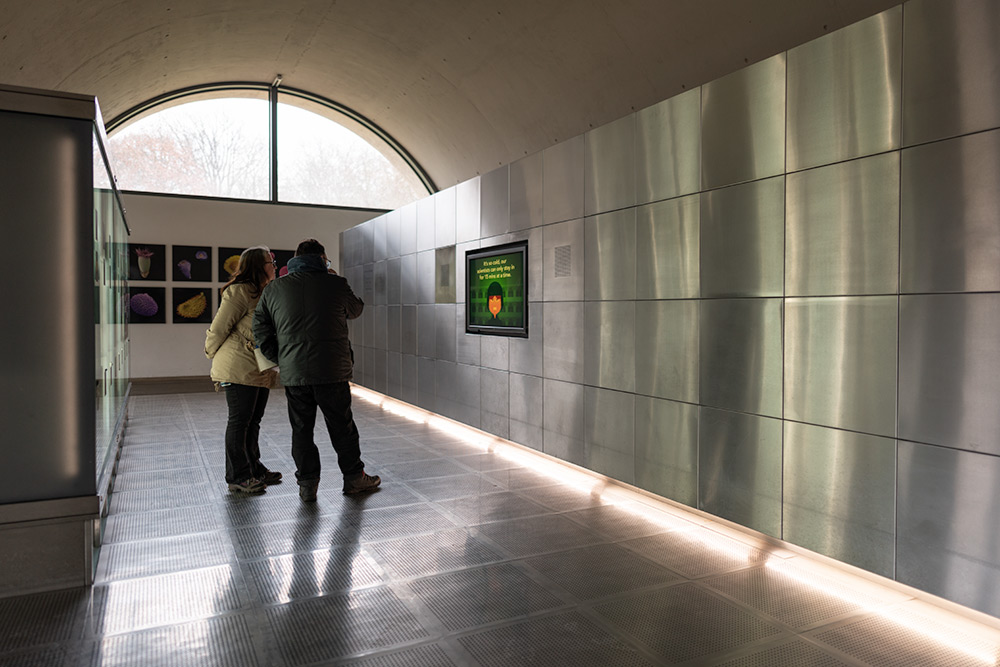
A wide aperture lens allows you to shoot handheld in low light such as this interior. Camera settings: 1/160 sec. f/1.4. ISO 100
What is the benefit of having a wide aperture?
Most lenses, whether a prime lens or zoom lens, benefit from having a wide aperture, as it allows you to shoot handheld at faster speeds during low light, as well as capture a shallower depth of field. This is particularly beneficial when separating the subject from a background, such as for portraits, or to lead the viewer into the frame.
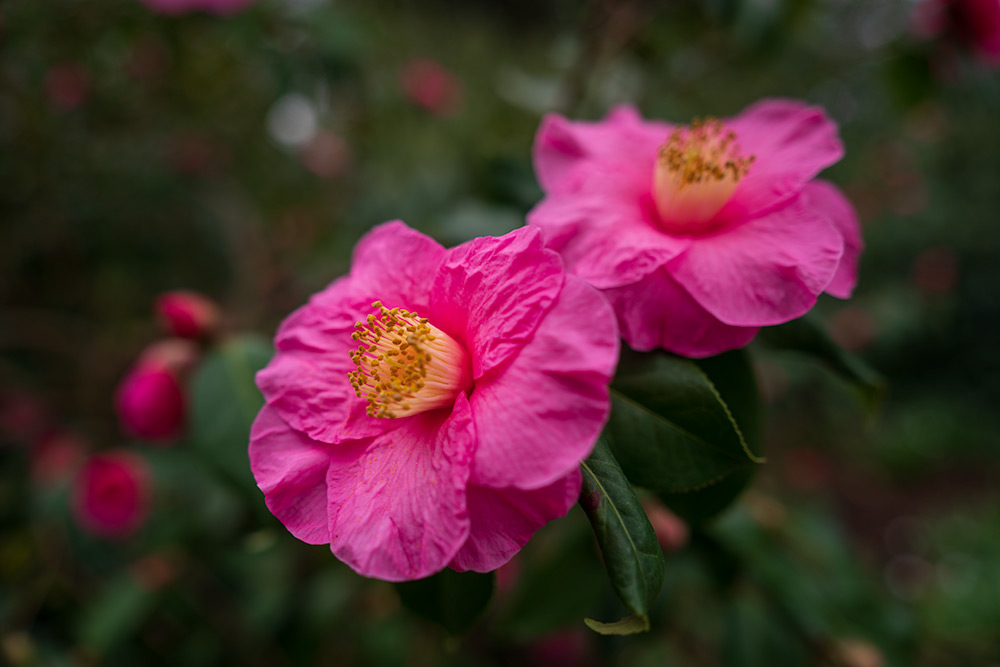
Camera settings: 1/500 sec. f/2. ISO 100
Usability and ergonomics
This model will feel extremely familiar to anyone who’s shot with a Sigma lens previously and it offers every feature you could possible need for subjects which fall within its wide 84.1° angle of view. The weight is well balanced on a full-frame camera, feeling significant but not too small or light and build quality is typical of Art lenses, with robust material and weather sealing.
The lens barrel controls are well placed, allowing you to switch between AF/MF and adjust aperture intuitively and there is a lock for each function, including the MFL, aperture ring and aperture clicks. During use the lens is extremely easy to work with and can be adapted to your workflow through the customisable AFL button, which can be set via the camera menu and a welcome addition featured on high-end lenses.
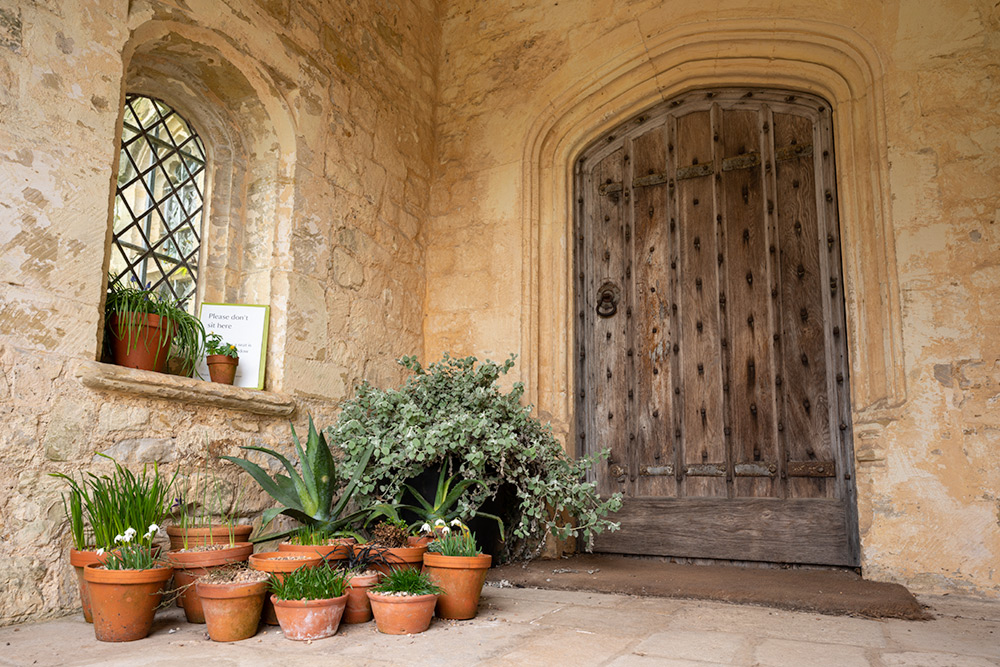
Outstanding image rendition. Camera settings: 1/4 sec. f/8. ISO 100
Lens accessories
You may want to add a 72mm clear or UV filter in order to protect the front element when shooting close-up, as well as other suitable lens filters for video, long exposures or astro. Aside from filters a lens cleaning kit, wipes and dust blower are essential for maintaining dust and drop-free shots, especially when photographing outdoors, although you’ll find a water and oil-repellent coating on the front element to help maintain image quality.
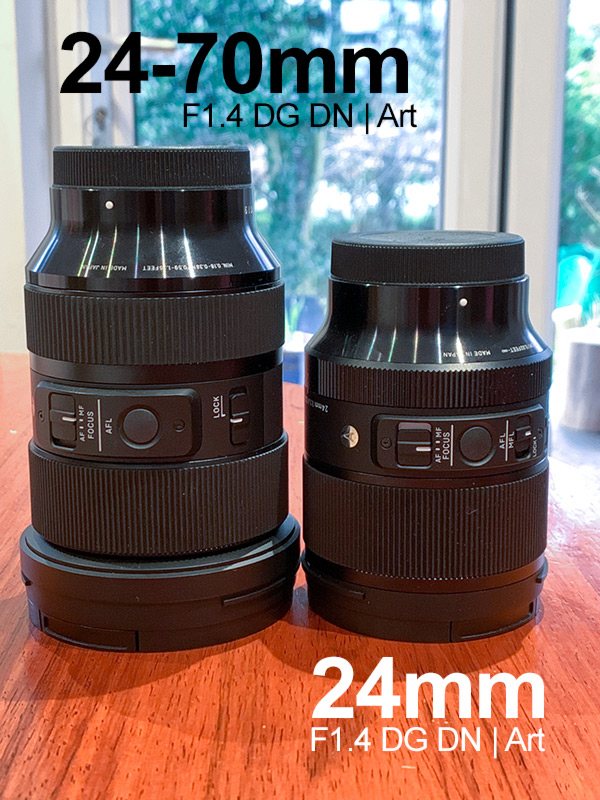
Choosing between the 24-70mm zoom and 24mm prime
Would I exchange my Sigma 24-70mm Art lens for the 24mm Art prime lens? I will definitely be keeping the zoom, as I primarily photograph landscapes. It is extremely beneficial to be able to zoom in situations where you need adjust compositions and are unable to physically get nearer or further away. This may be due to staying on a path, because you cannot go into water or there’s a cliff for example.
However, when I am able to add the 24mm to my lens collection I will do so without question. It’s compact and lightweight, focusing is assured and the wider aperture was simply brilliant to explore. Images are extremely sharp across the frame, even when the lens is wide open. For real world photography sharpness is more than capable of resolving the 42 megapixel Sony sensor in the A7R III and appeared flawless by f/2.8.
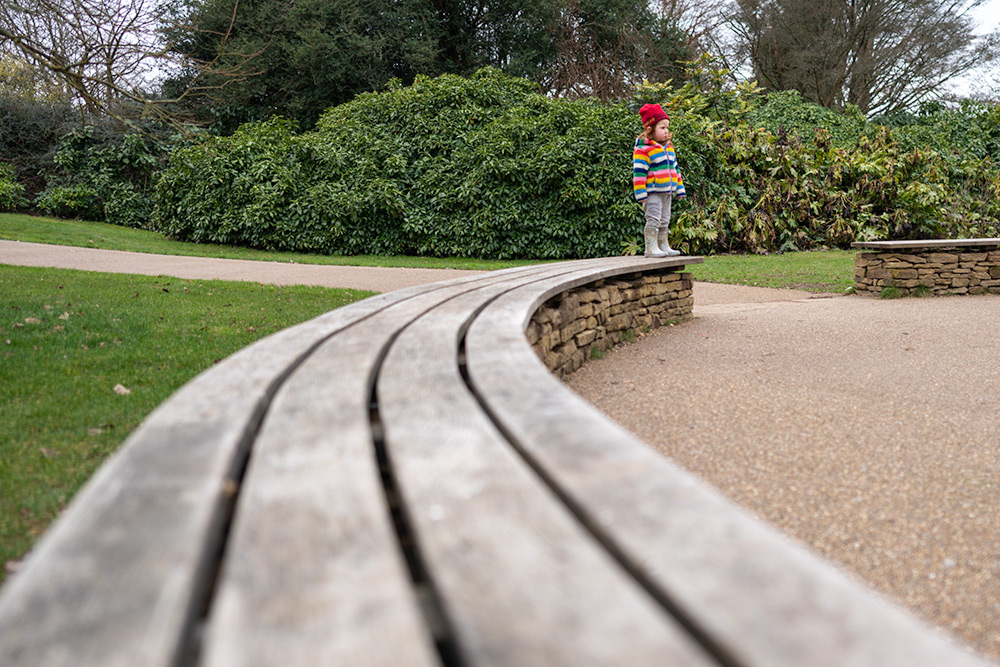
Using the wide angle to create leading lines. Camera settings: 1/640 sec. f/1.4. ISO 100
In-camera corrections reduced any distortion effectively, which is virtually non existent, and you can achieve beautifully smooth defocus areas in the image, if that is the effect you’re after. Sadly the UK weather did not permit me to test the 11-bladed aperture for sunstars, nor astro stars for that matter, as it was predominately grey and wet during the testing period.
Summary
Depending on your speciality the Sigma 24mm f/1.4 DG DN Art Lens is throughly recommended and serves as a unique focal width for general shooting. Where a 24-70mm offers the undeniable flexibility of a zoom, this prime gives you better low light performance and a shallower depth of field. It’s also smaller and lighter, paring well with other Sigma primes, such as the 20mm F1.4 DG DN Art and 35mm DG DN Art. If you were able to have all three in your kit bag you’d not only be very lucky, but also able to capture professional image quality across most subjects.

Reportage-style handheld shooting. Camera settings: 1/640 sec. f/1.4. ISO 800
The 24mm F/1.4 DG DN Art Lens For L Mount includes all of the same features, plus the added benefit of being compatible with the Sigma USB Dock for L-Mount. It can also be switched between linear and non linear MF, making it a great option for videographers who shoot with a Panasonic Lumix S Series, Leica SL or Sigma Fp-L camera.
Browse our comprehensive range of Sigma lenses with options for every budget, or reserve the Sigma 24mm f/1.4 DG DN Art lens for Sony FE today and experience the joy of shooting with this fast, professional wide angle prime lens.
Share this post:
By Nick Dautlich on 09/03/2023
Nick Dautlich
Senior Content Writer and Product Reviewer
Nick Dautlich is the Senior Content Writer and Product Reviewer at Park Cameras, with over 15 years of photography experience. A Sony Imaging Professional and expert reviewer, Nick has worked with major brands such as Canon, Sony and Nikon. His work is also featured on Vanguard World UK’s website, Capture Landscapes, and Shutter Evolve. Nick’s photography includes National Trust projects and magazine covers and he is passionate about landscapes and storytelling. Nick also enjoys hiking and teaching his children about nature. Learn more on his profile page.

Trade in your old equipment
Fast and easy trade in service ensures your old gear is collected efficiently and you are paid quickly! It's very simple to trade in your unwanted photography gear. Just head over to our dedicated Sell or Part Exchange page, fill out the details, and we'll get back to you with an offer for your old gear. Take the cash, or put it towards the cost of your new gear. It's up to you! Find out more
sign up to the newsletter
Keep up to date on the latest photography news, events and offers. Sign up now
